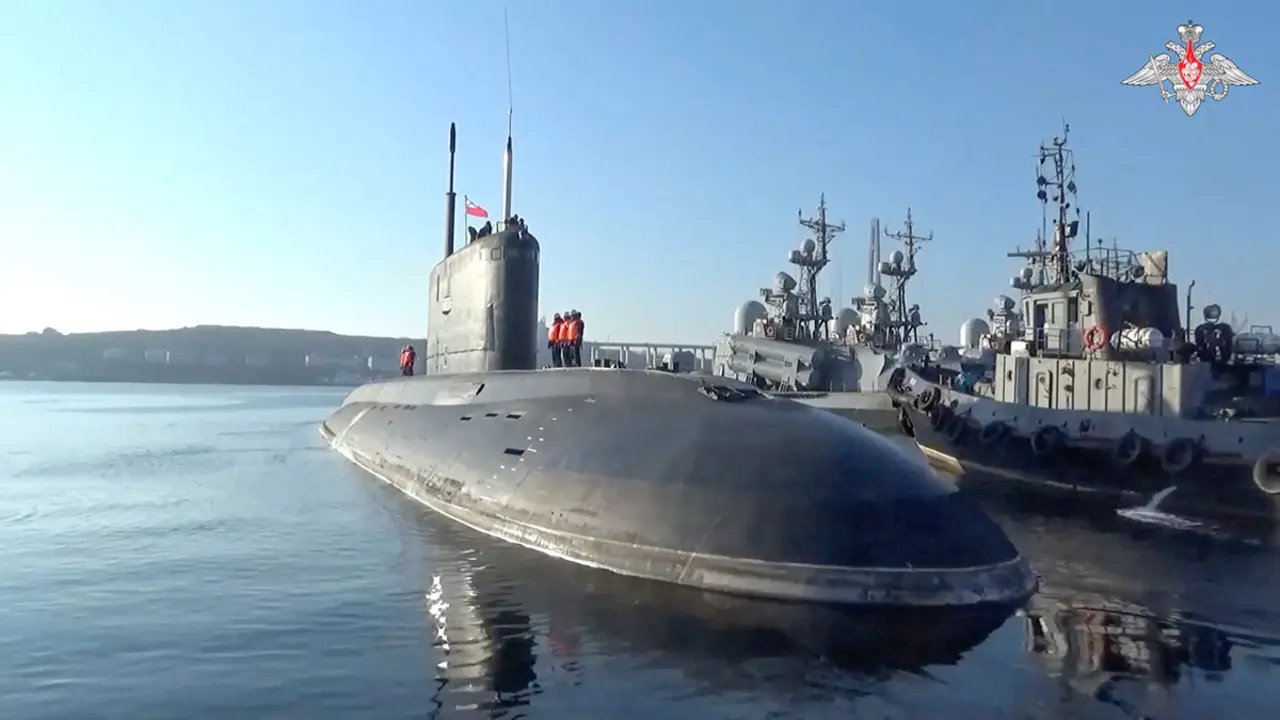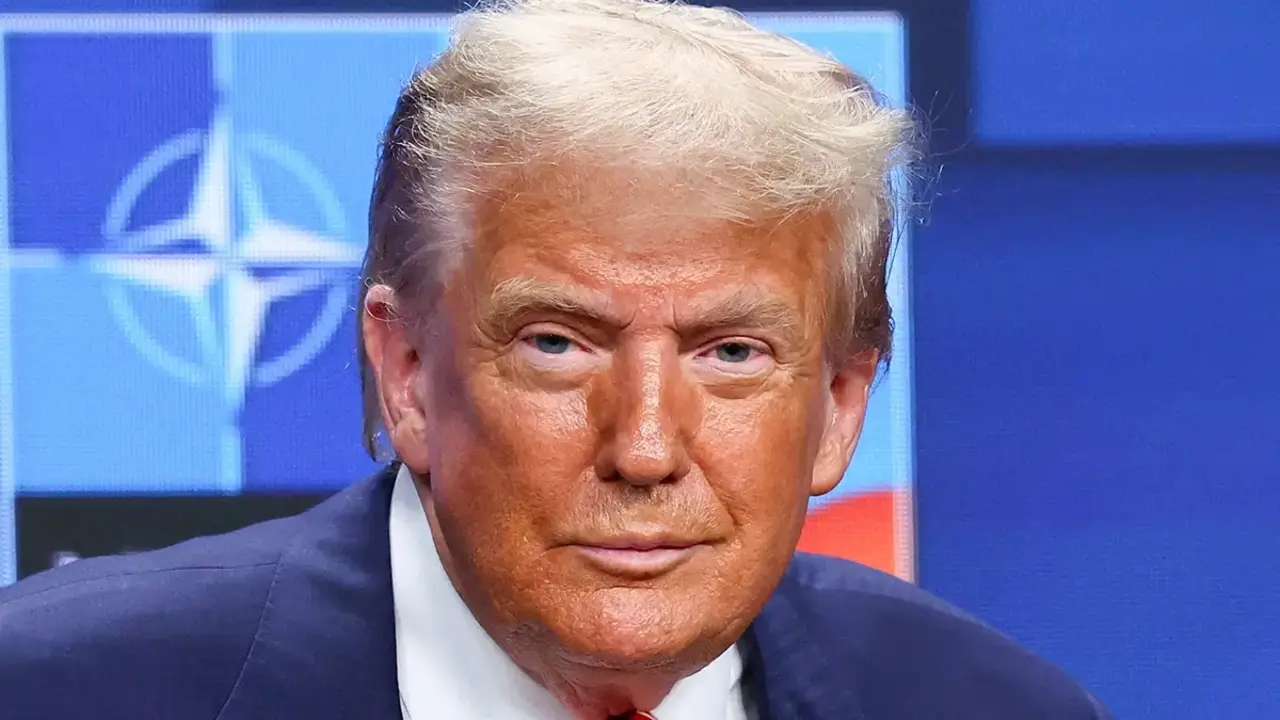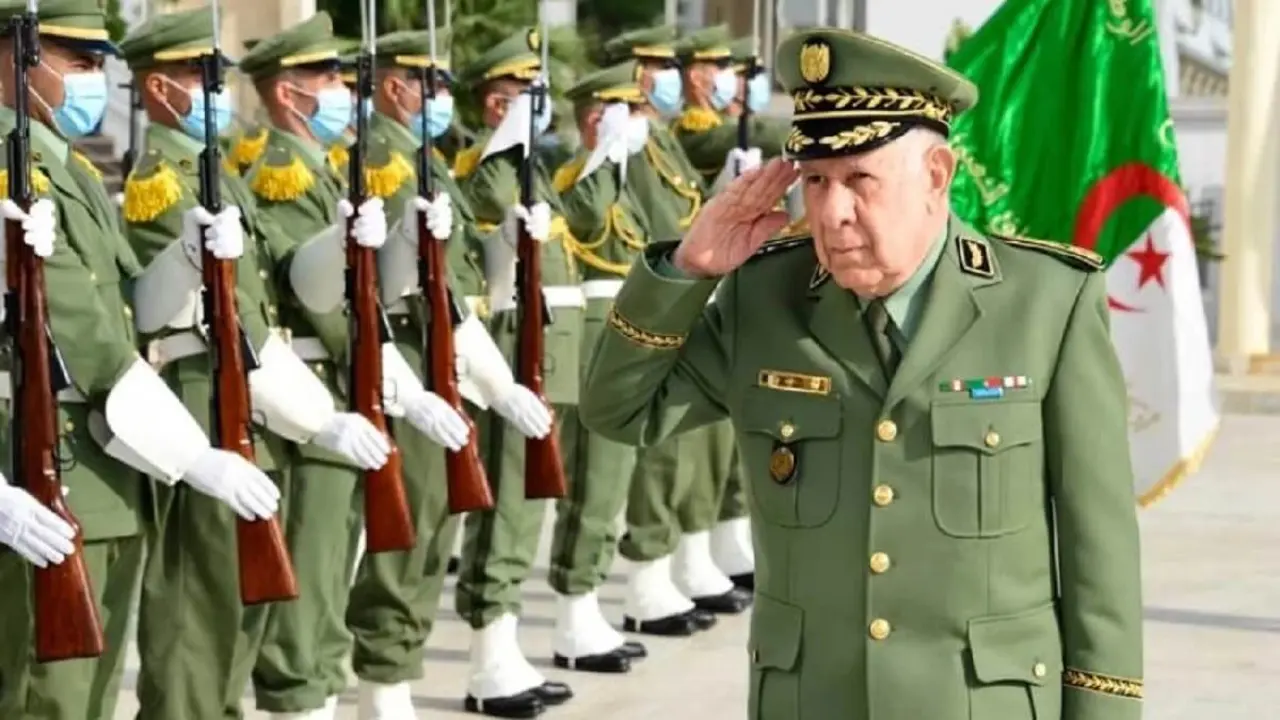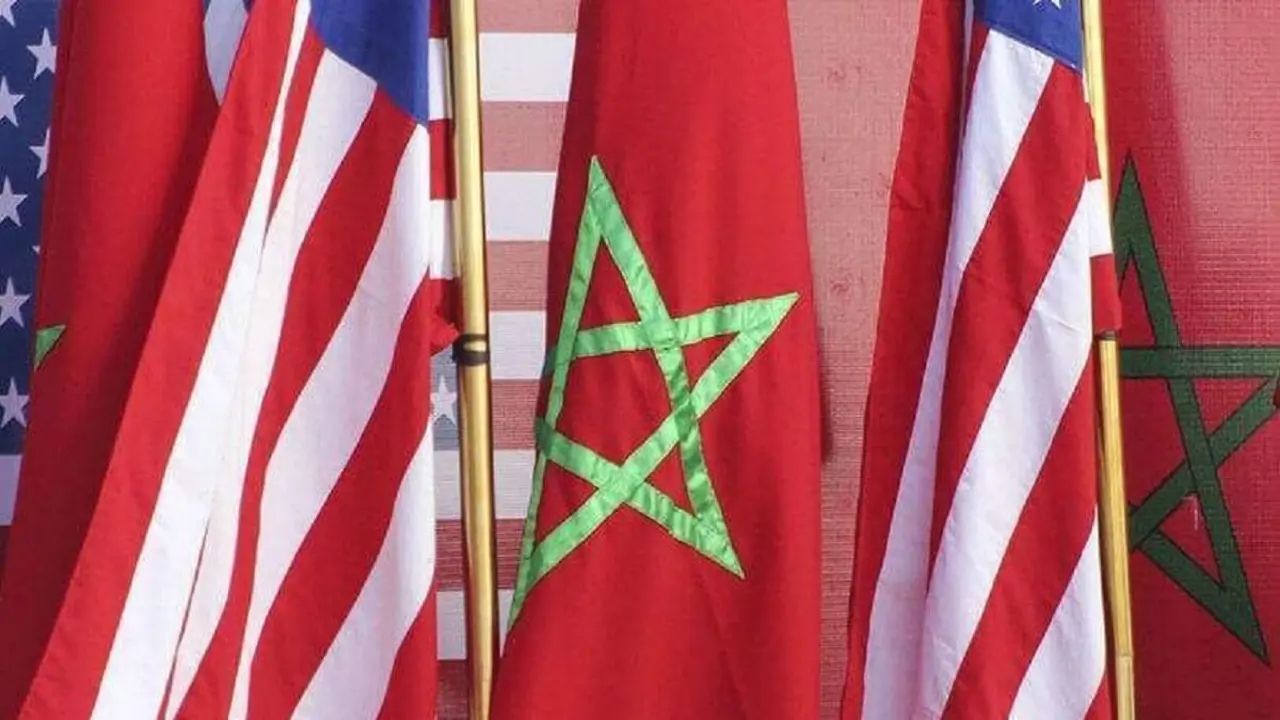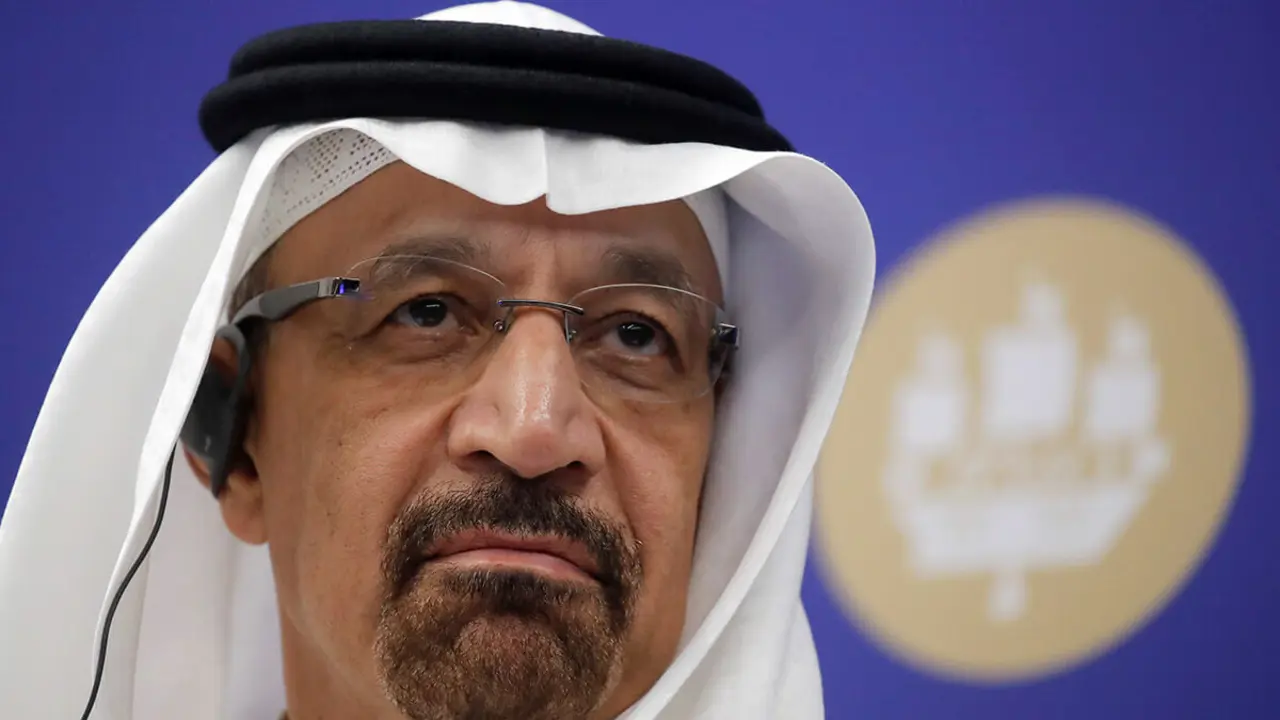Moncloa strengthens its role in ESA and hopes to have a new Spaniard in the European Astronaut Corps

The Minister of Science and Innovation, Diana Morant, and her team have gone to the meeting of ministers of the European Space Agency (ESA) in Paris with the confidence that a Spaniard - perhaps a Spaniard - will be one of the new members of the European Astronaut Corps.
The decision will be known in the early afternoon of the 23rd, after the ESA Council at ministerial level, which is being held on 22 and 23 November. The Council will bring to the French capital the heads of space affairs of the 22 member countries and the other nine associated countries of ESA, the intergovernmental organisation founded in 1975, which since the mid-1980s has played a key role in boosting the Spanish space sector.

The Agency is keeping absolutely mum on the names and nationalities of those who have passed its rigorous selection process, which lasted almost a year and a half, and who will now begin their training period at the European Astronaut Centre located near Cologne (Germany). The Agency's last batch of astronauts dates back to 2009 and there are still seven in service, six men and one woman: two Germans, one Italian and one Italian woman, one Frenchman, one Briton and one Dane. The Spaniard Pedro Duque, who was selected in 1992, is no longer active.
Barring any surprises, a new class of six full astronauts and as many reserve astronauts is expected to join the current class, enough to take part in NASA's Artemis manned missions to the Moon and, perhaps, later to Mars. The call for applications opened on 31 March 2021 and closed on 18 June 2021. According to the Agency, 22,523 applicants - 17,126 males and 5,397 females - from the 22 member countries and three associated countries applied.

There were 1,341 Spanish nationals - 1,043 men and 298 women - making Spain the fifth largest number of applicants. Two people with physical disabilities were also selected and, it seems, as many others with a reserve, but with the possibility of carrying out viable projects in space. In the latter case, the number of applicants was 257, of which 13 were Spanish, 10 men and 3 women.
Minister Morant, who heads the Spanish representation, is accompanied by the Secretary General for Innovation, Teresa Riesgo, and the Commissioner for Aerospace PERTE and President of the Space Council, Miguel Belló, who is also Spain's permanent delegate to ESA. They are joined by the team of technicians from the Centre for Technological Development and Innovation (CDTI), which manages national participation in ESA, and a few advisors with precise knowledge of what is at stake at the meeting.
Diana Morant arrives in the city of light after defending her department's budget for next year in Congress on the 22nd, with just enough time to attend the gala dinner that evening hosted by the host of the meeting, the French Minister of Economy, Finance and Industrial and Digital Sovereignty, Bruno Le Maire, President Emmanuel Macron's right-hand man and confidant. There he will have the opportunity to greet his European colleagues, most of whom he knows from the informal meeting on space affairs held on 16 February in Toulouse, during the French presidency of the European Union and also with Le Maire as host, under whose control the French space agency (CNES) is located.

The Spanish authorities reiterate time and again that space and its industrial fabric are strategic sectors: they generate a multiplier effect, develop technological potential, create quality employment and retain talent. Under these premises, the national delegation is going to Paris with most of its homework done, or at least on track. Its aim is to ensure that the national space ecosystem, especially the scientific and industrial ones, take on a greater role in the Europe of space, which is in full swing and which is gaining momentum with each passing day.
Consequently, Minister Diana Morant arrives at her first ESA ministerial conclave with the intention of leading those missions in which the national industry can put its capabilities to use and have a greater presence. The impetus that the former mayoress of Gandía (Valencia) and her team aspire to give to the main European framework for space cooperation is parallel to the decision to create the Spanish Space Agency, which is about to see the light of day in a location that will soon be announced.

For the time being, the Council of Ministers on 8 November authorised national investments in ESA to increase from 250 to 300 million euros per year as of January 2023, an increase of 20%, most of which will be directed towards voluntary subscription programmes of interest to Spain. However, part of this increase will be eaten up by the 4.3 per cent inflation forecast by Brussels for Spain next year.
The space cooperation plans and programmes for the next five years will be decided in Paris and, to a large extent, the States will also try to complete their voluntary financing. In a highly unstable geostrategic scenario influenced by Russia's invasion of Ukraine, the ESA's Director General, Josef Aschbacher of Austria, will ask the ministers to approve a large number of programmes, whose total budget is in the order of 18.5 billion euros.
This is around 25% more than the amount approved at the previous ESA ministers' meeting in Seville in November 2019. Josef Aschbacher assures that his proposals for the immediate future are "ambitious, but thoughtful and pragmatic", that they are the fruit of a "careful assessment" and that they reflect both the needs of the Member States and the "ambition to take Europe to another stage of space activities".

Sources close to the Ministry of Science confirm that the purpose of the trip to Paris was to "sign up to new optional programmes in which Spain could lead missions". In particular, in Earth observation and navigation initiatives, some of which are linked to a new Galileo constellation, where the national industry has significant capabilities and already plays a leading role. An immediate precedent that could serve as a model for action is the new scientific mission Arrakihs, which Spain has just captained to decipher dark matter.
It is also intended to take positions in the commercial facet that is bursting into space, a field of activity for which the Agency has established a new Directorate in May 2021. Under the leadership of Frenchwoman Geraldine Naja, it aims to encourage and support start-ups and business incubators to boost technology transfer to other sectors. And, of course, an added effort is to be made in transport systems, both in the development of reusable and non-reusable vehicles, as in the case of the Ariane 6 and its evolution.
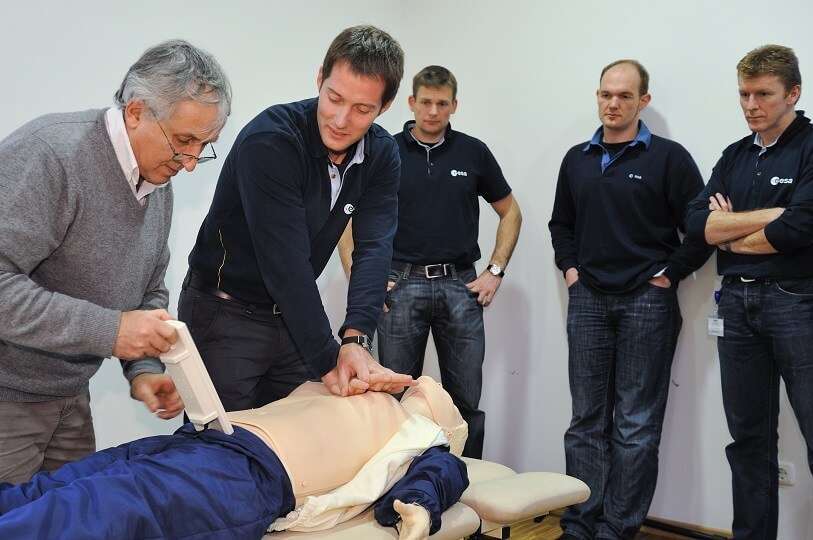
Another area in which the Spanish authorities will try to lead some kind of mission is that of programmes related to space safety. Such an initiative emerged timidly at the Seville summit of ministers. Since then, the ESA has identified a notable increase in the number of satellites launched - 1,819 in 2021, 4 times more than in 2019 - and a greater amount of debris in orbit, so it is already contemplating missions and projects of interest to a Spanish industry that is in a position to contribute its considerable capabilities in this area.
ESA is an independent intergovernmental organisation of the EU, made up of 22 Member States: Austria, Belgium, Czech Republic, Denmark, Estonia, Finland, France, Germany, Greece, Hungary, Ireland, Italy, Luxembourg, the Netherlands, Norway, Poland, Portugal, Romania, Spain, Sweden, Switzerland and the United Kingdom. As cooperating or associated countries Bulgaria, Canada, Croatia, Cyprus, Cyprus, Latvia, Lithuania, Malta, Slovakia, Slovenia and Latvia have agreements.


